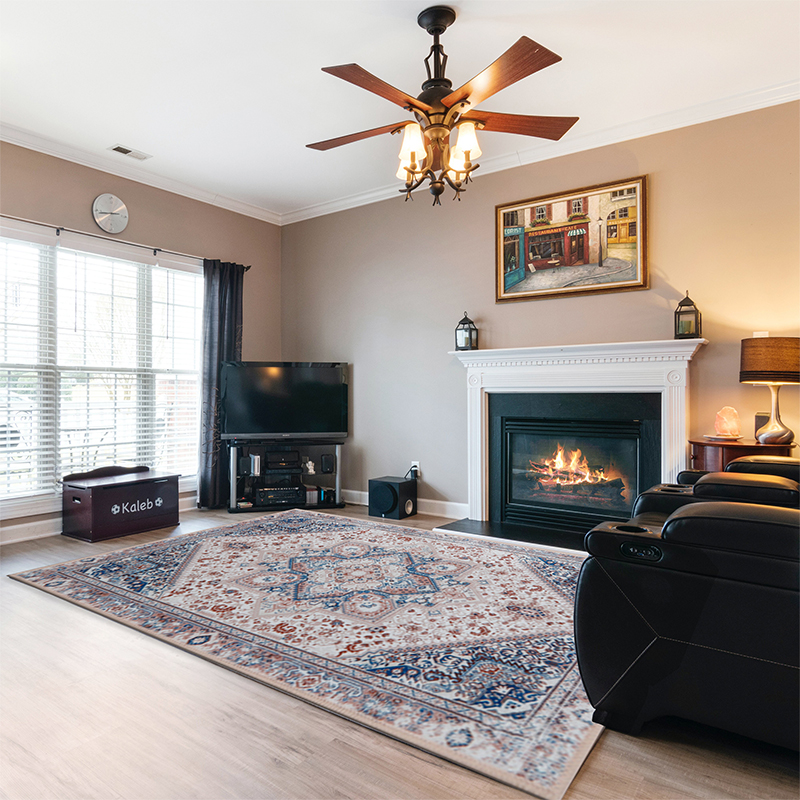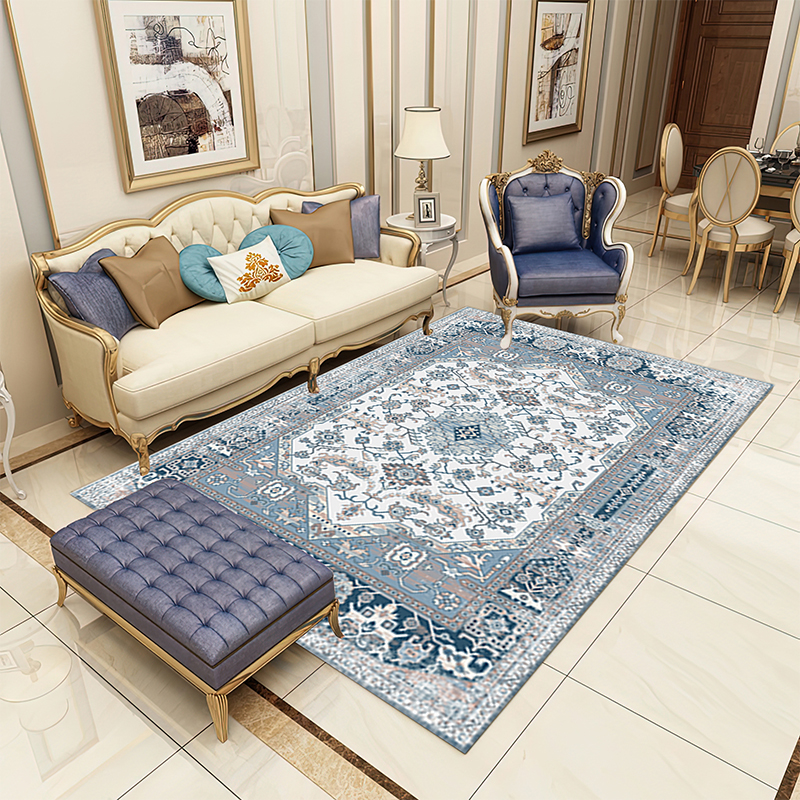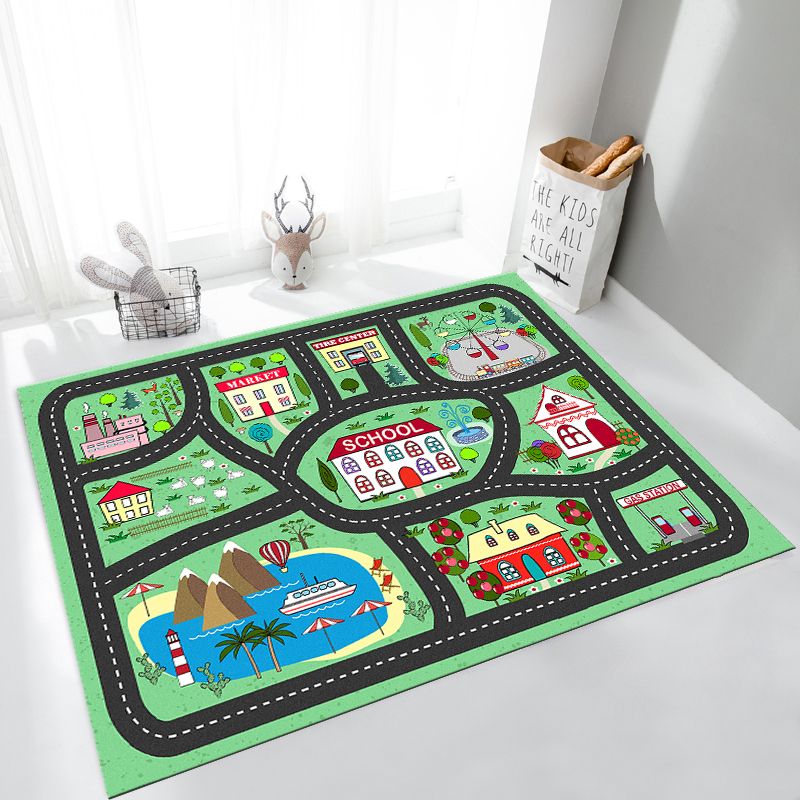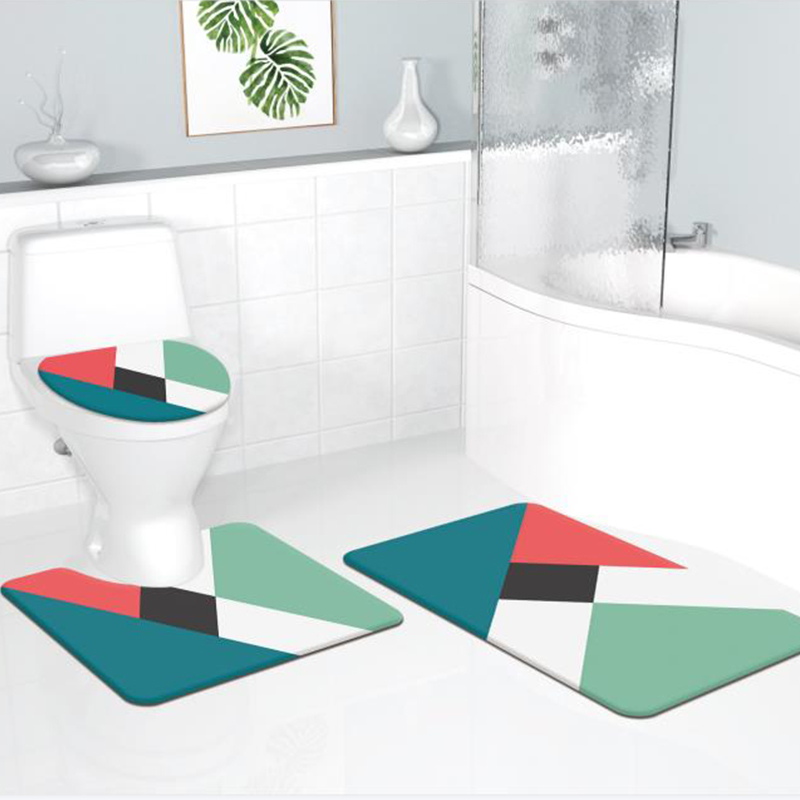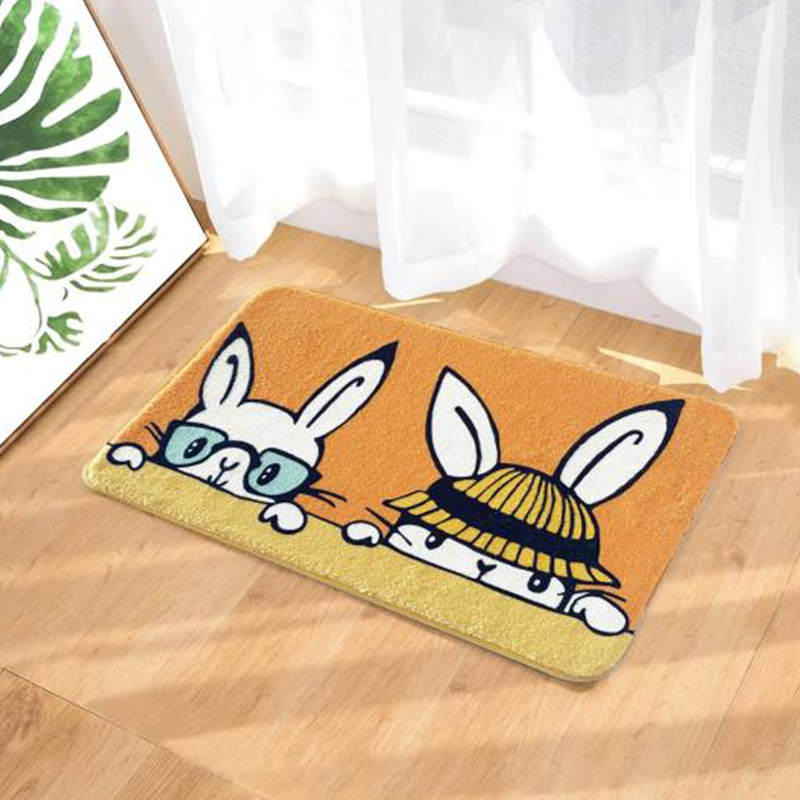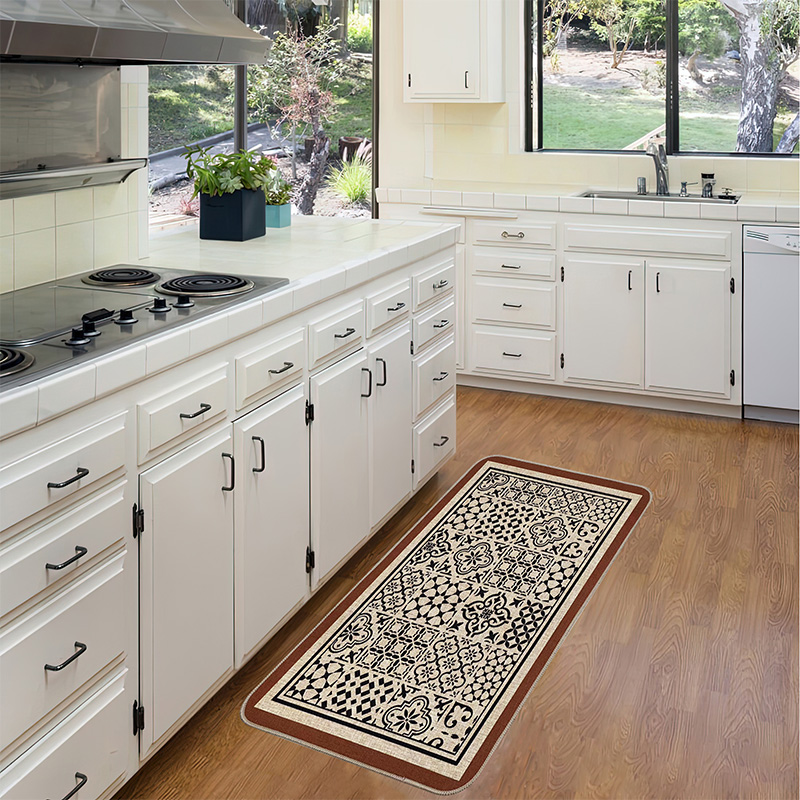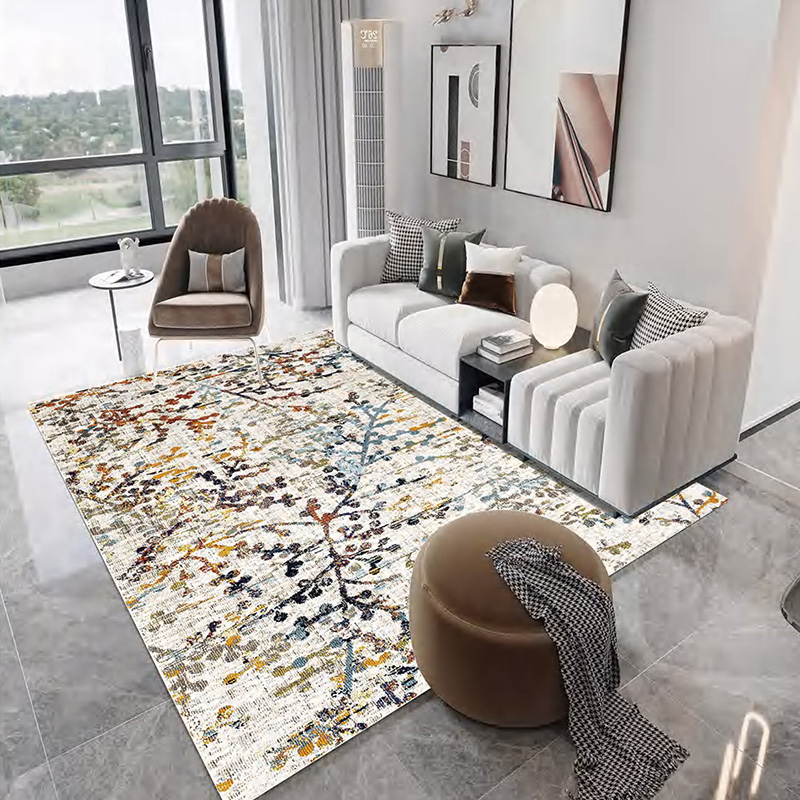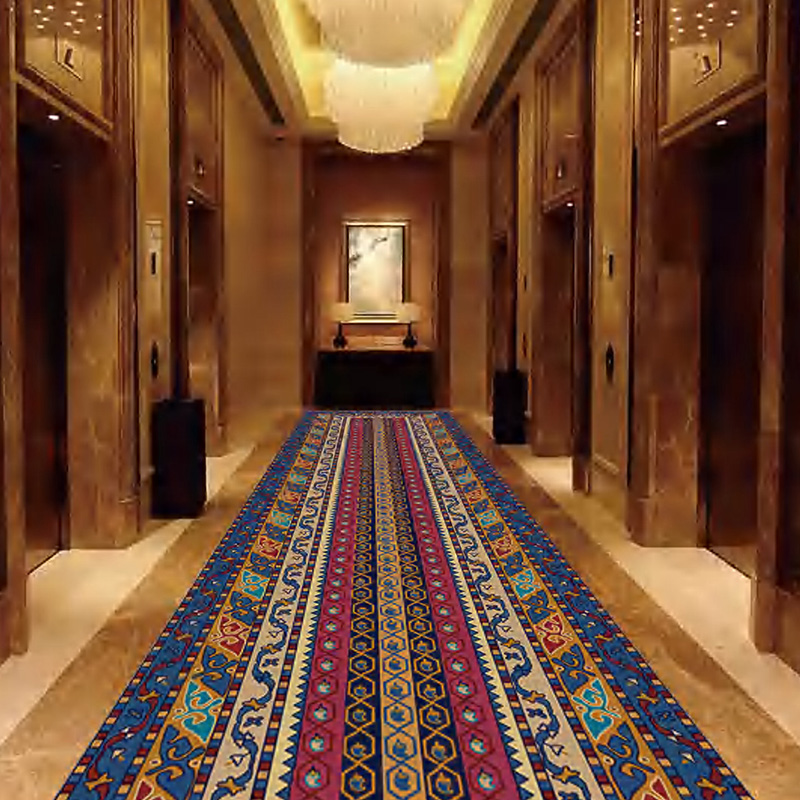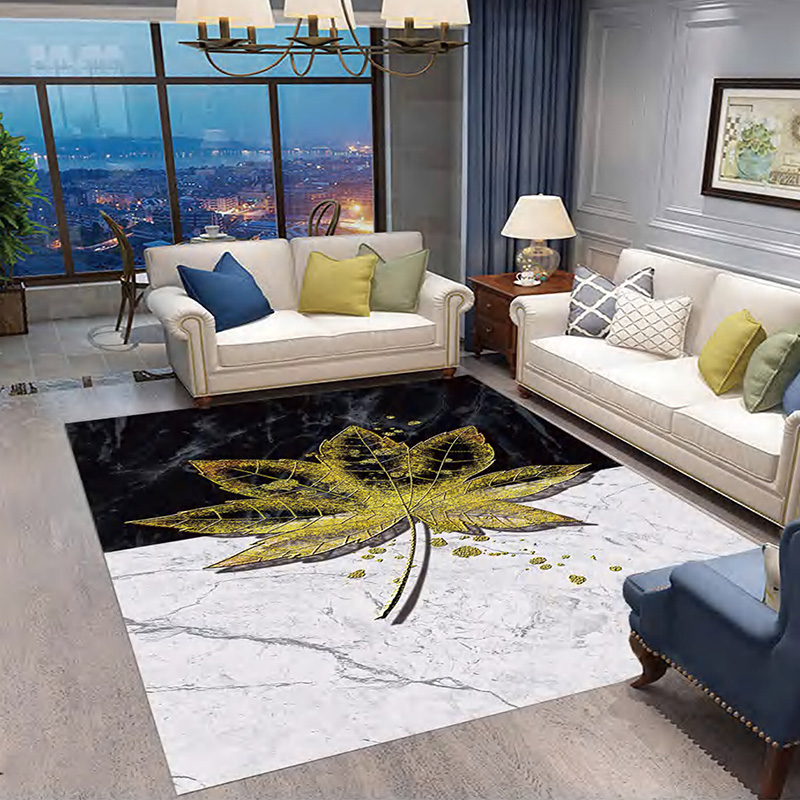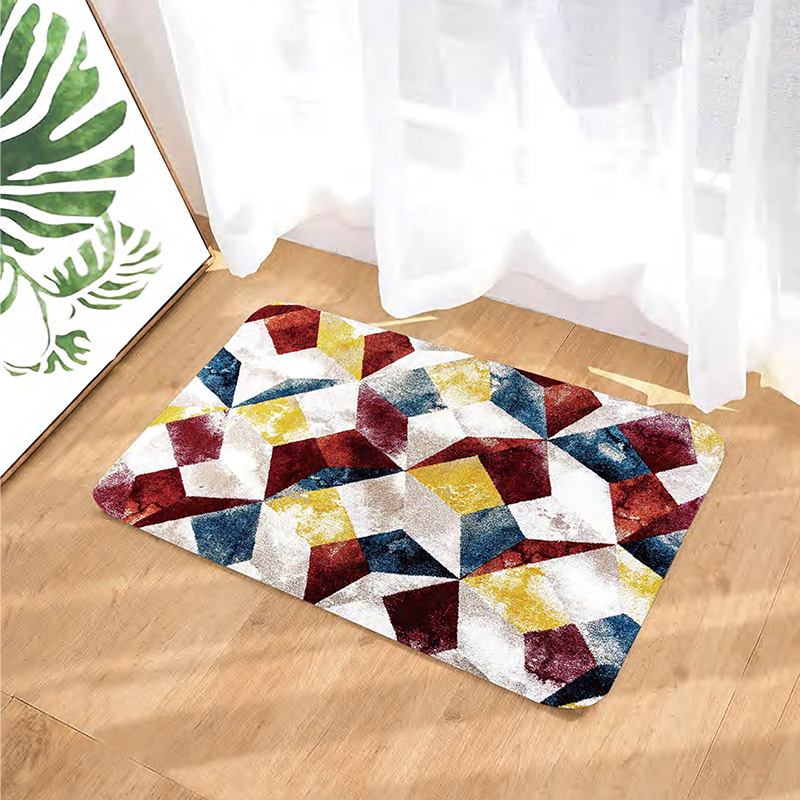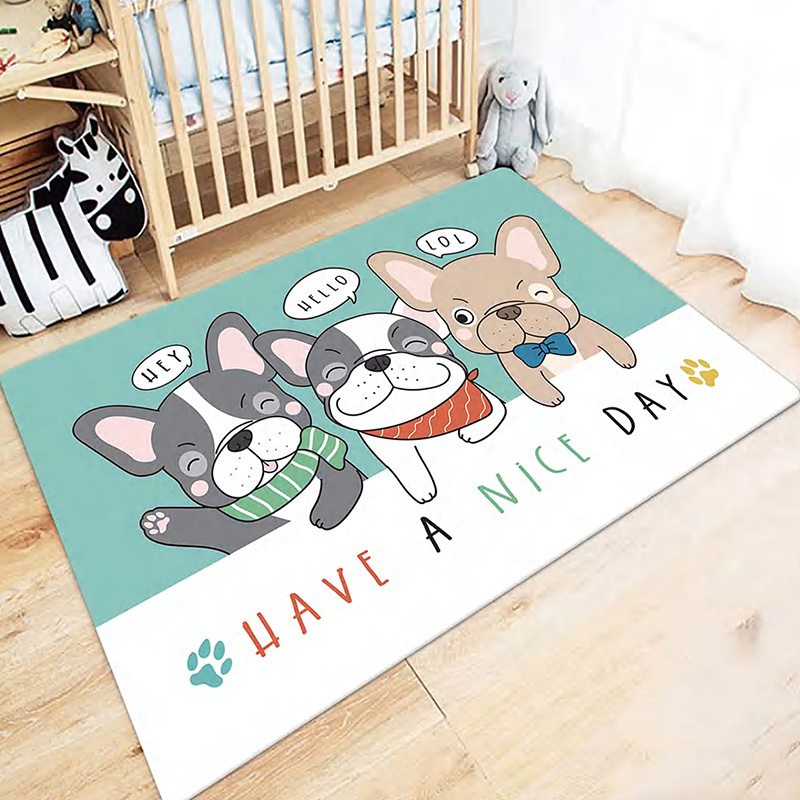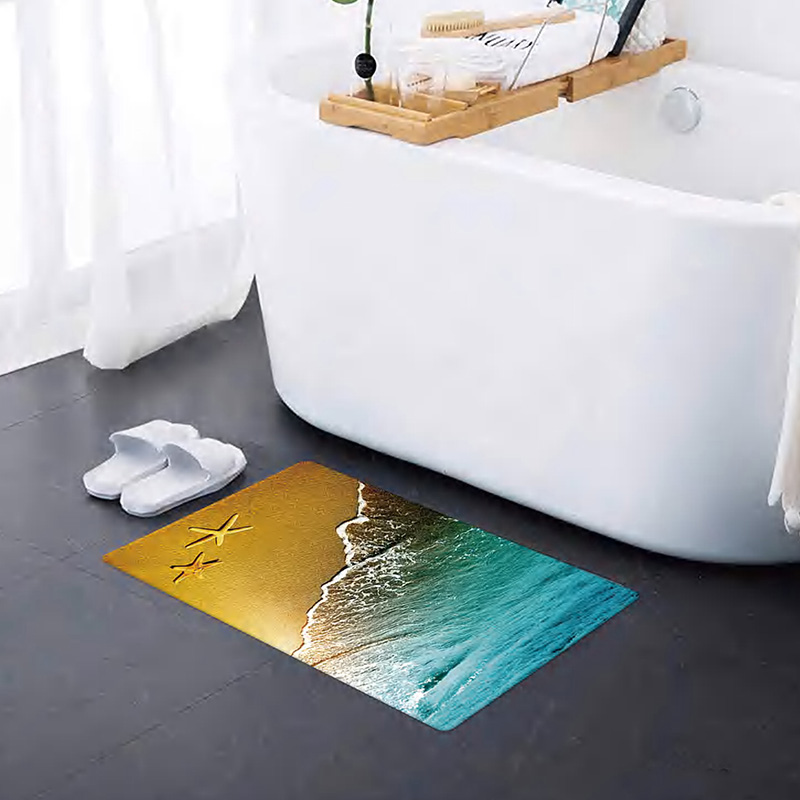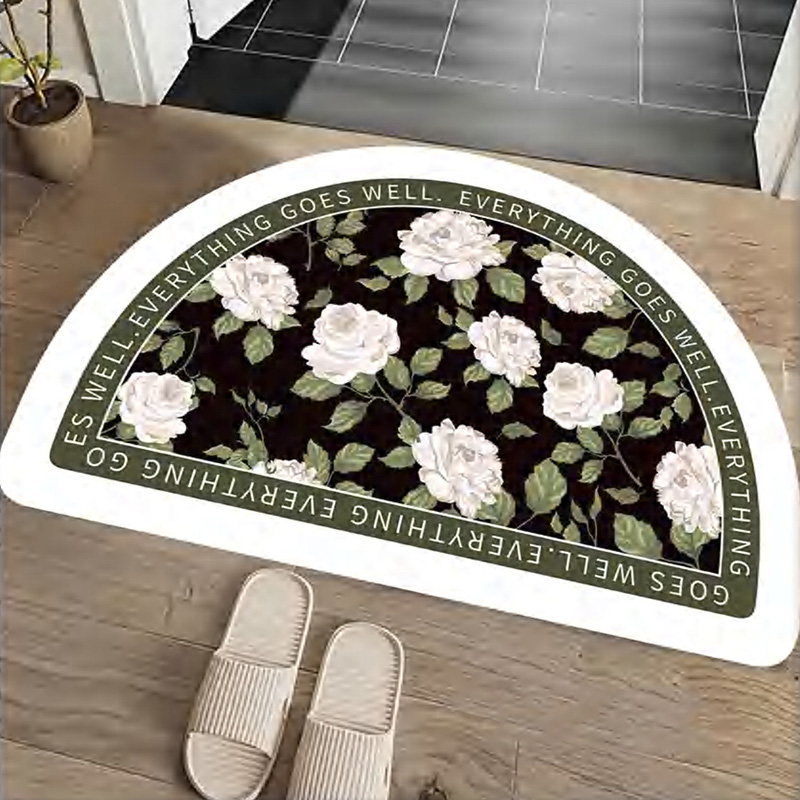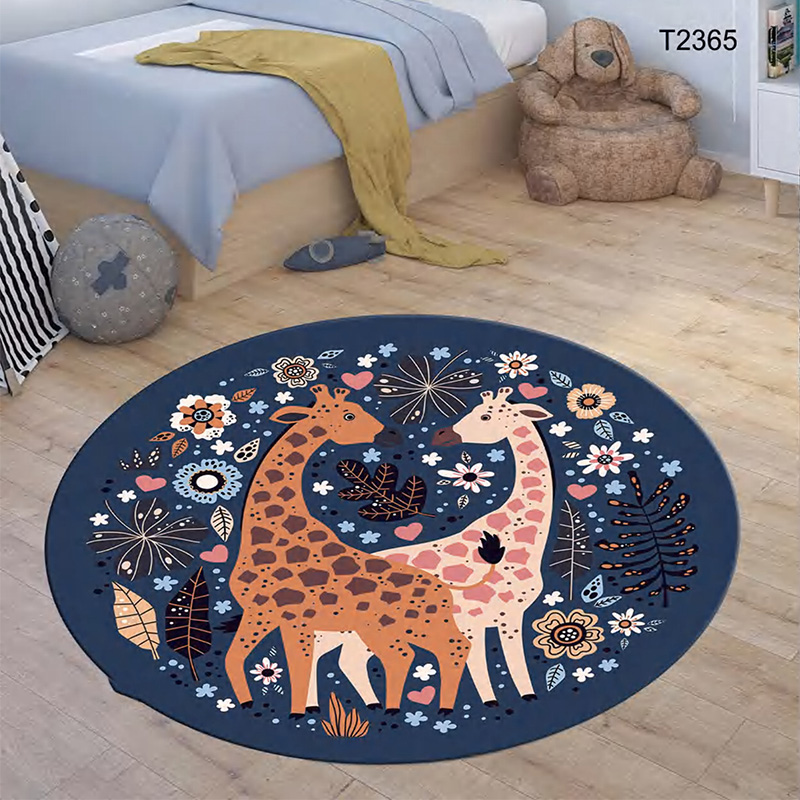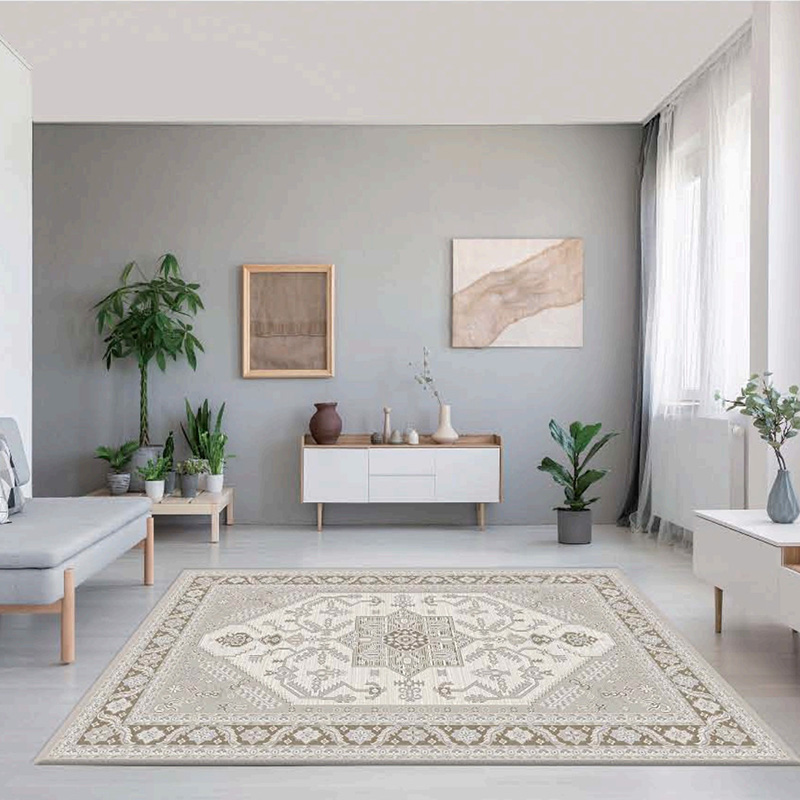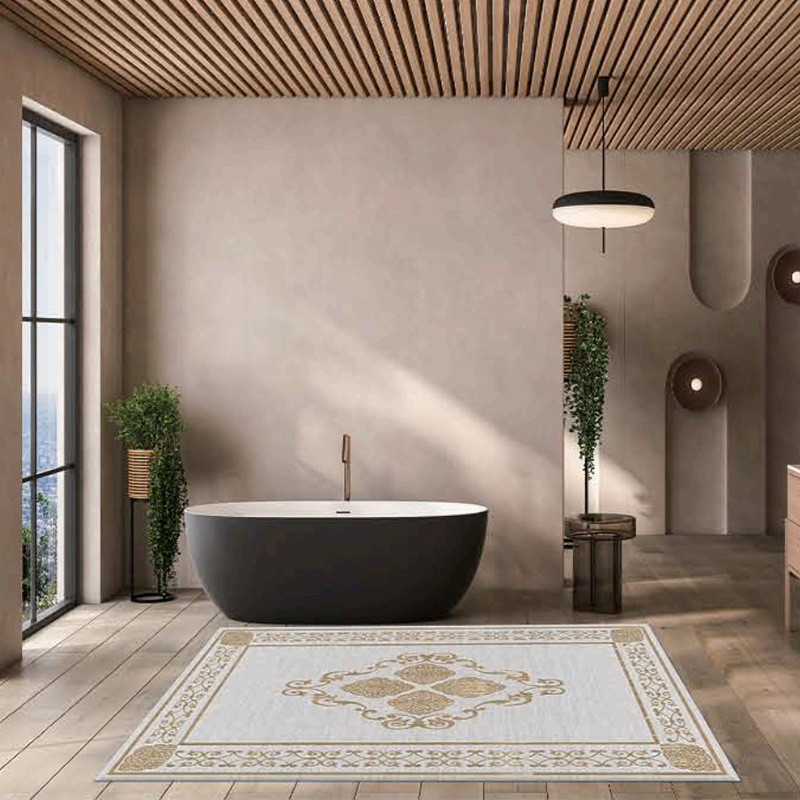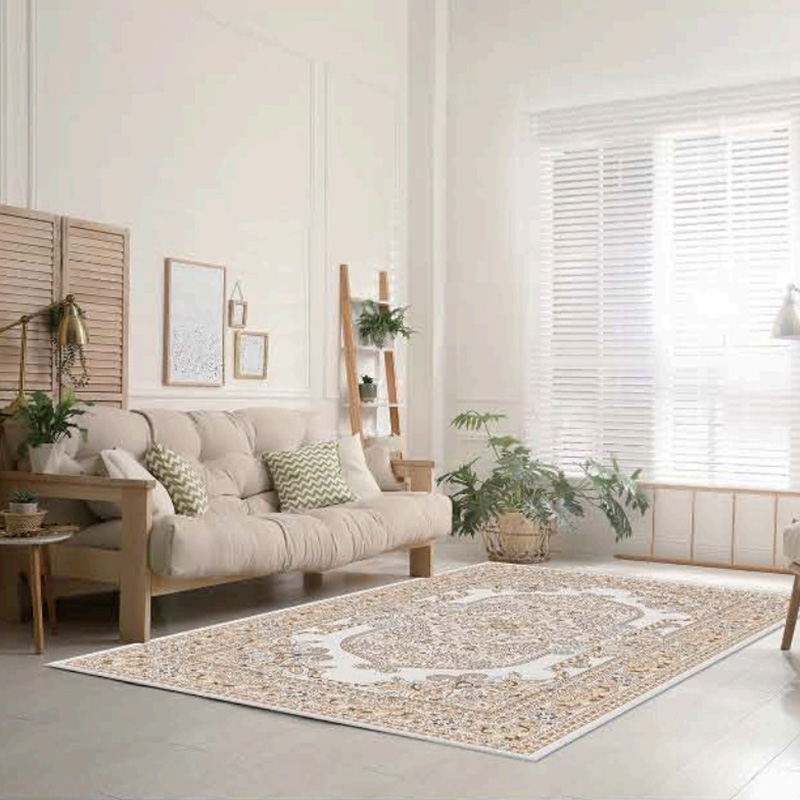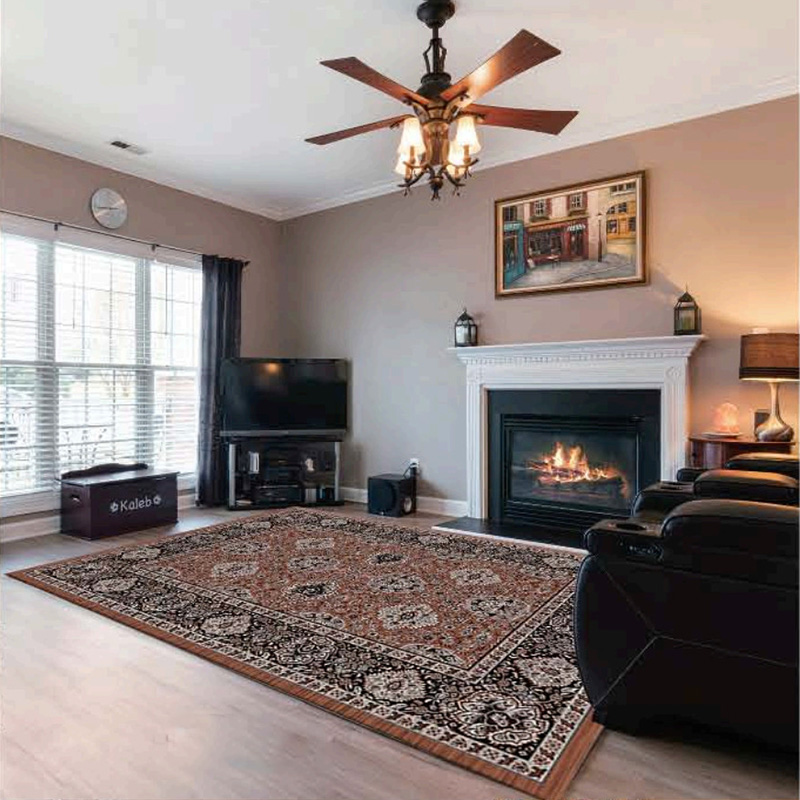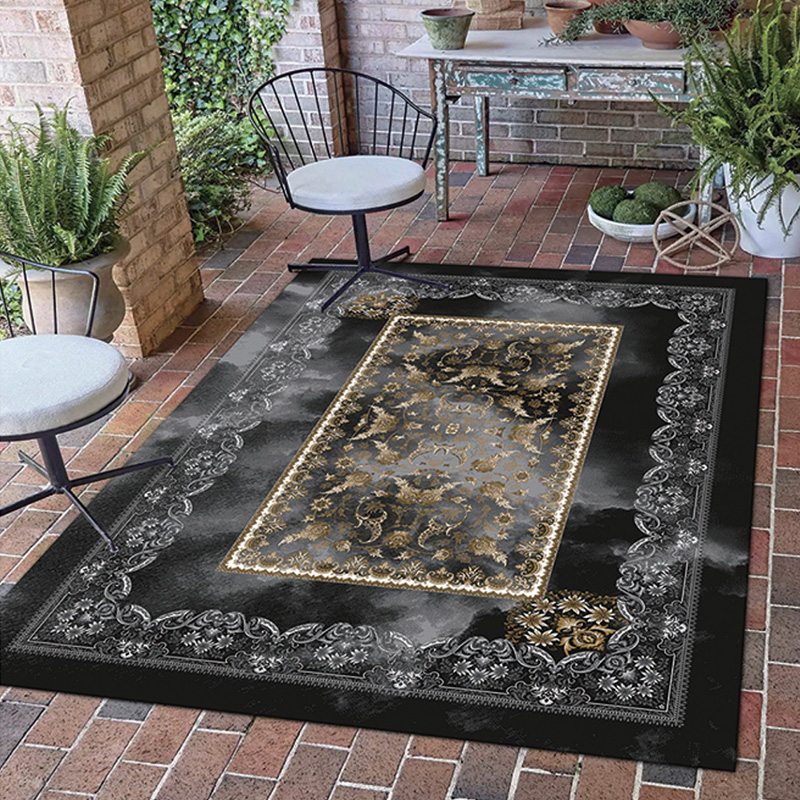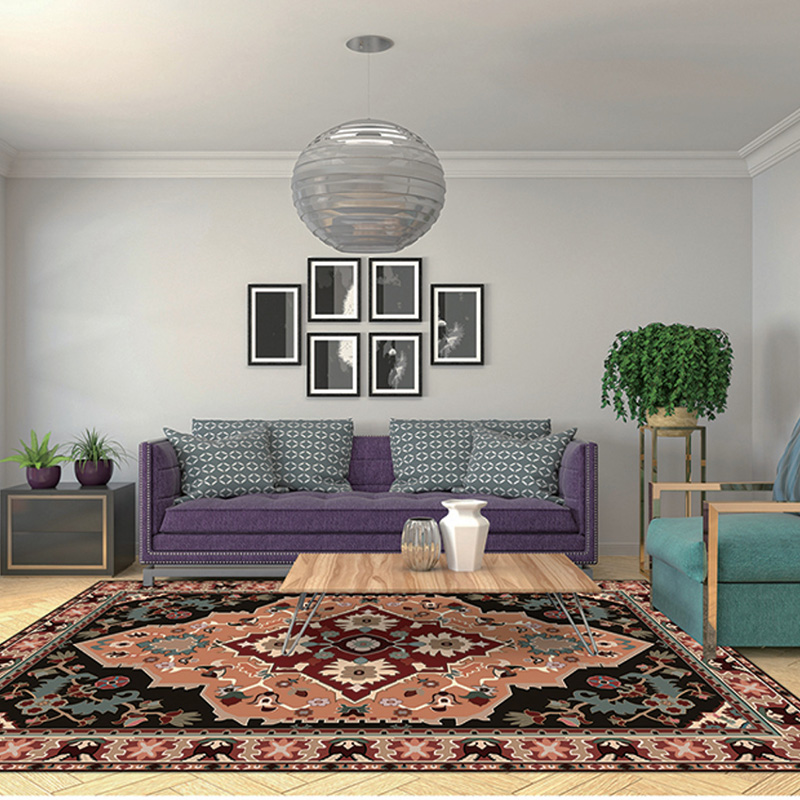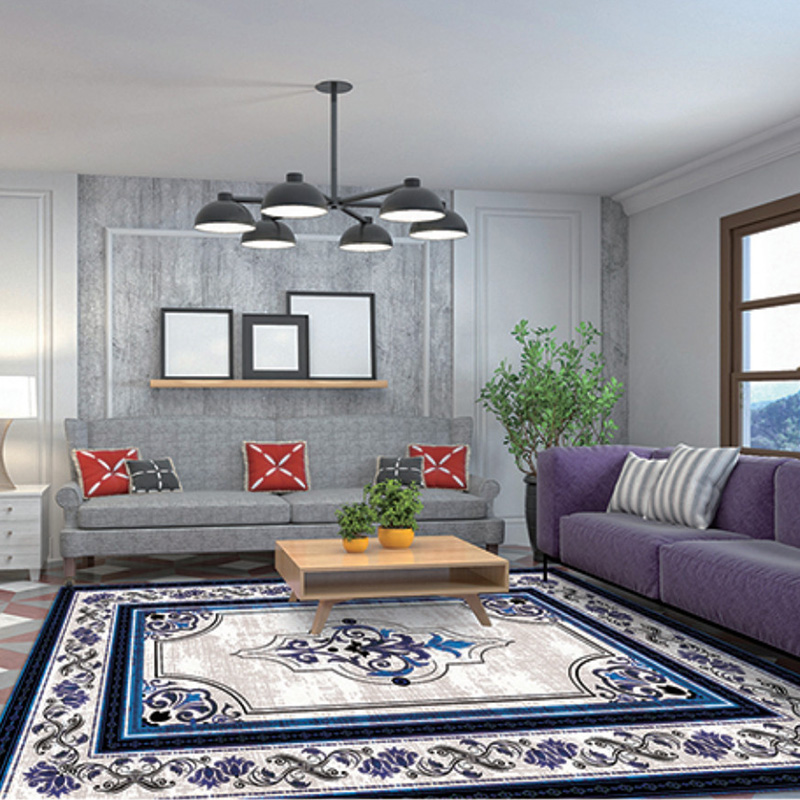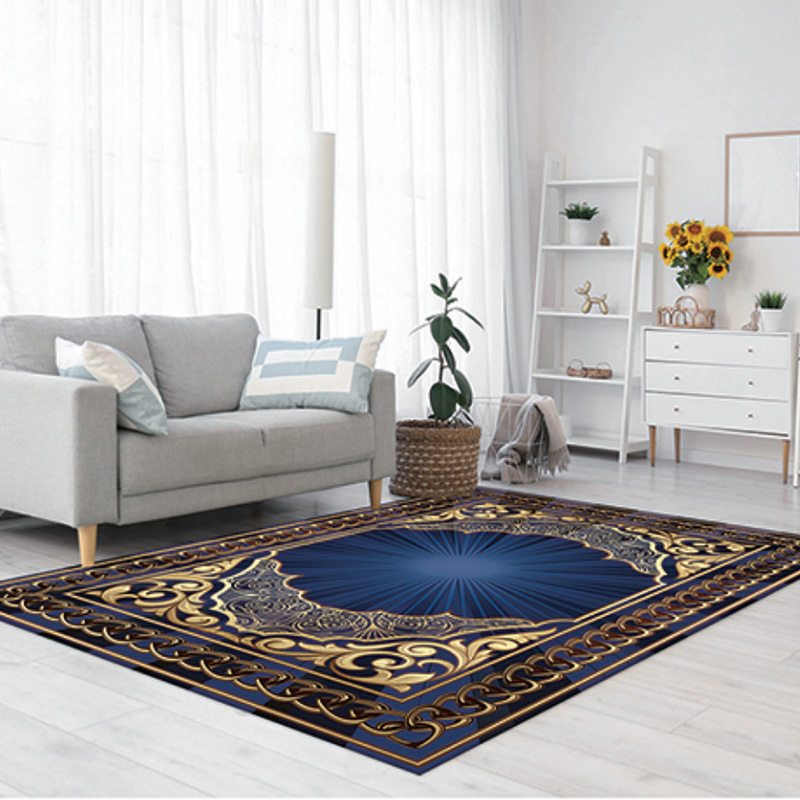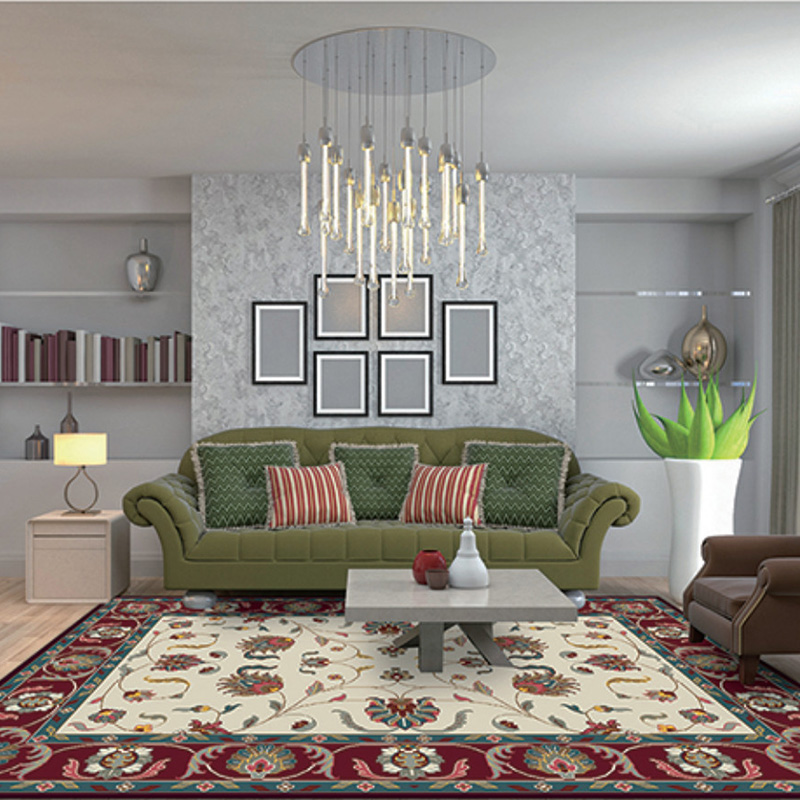In the evolving landscape of interior design, vintage retro rugs have made a compelling comeback, captivating homeowners, decorators, and collectors alike. These rugs, which blend nostalgic patterns with a sense of history, are transforming modern spaces by adding warmth, personality, and a touch of authenticity. As interest in retro aesthetics continues to grow, the vintage rug market is experiencing a renaissance fueled by both style trends and sustainability concerns.
The Revival of Vintage Retro Rugs
Vintage retro rugs—often characterized by bold geometric patterns, mid-century modern motifs, or worn-in textures—evoke a sense of nostalgia while fitting seamlessly into contemporary decor. Unlike new mass-produced rugs, vintage pieces carry stories embedded in their fibers, whether through traditional craftsmanship or decades of use.
This revival aligns with a broader consumer movement valuing heritage, uniqueness, and authenticity. Interior designers are increasingly incorporating vintage retro rugs to create focal points in minimalist or eclectic settings, where the rug’s character enhances visual interest and depth.
Sustainability Drives Demand
One of the significant drivers behind the growing popularity of vintage retro rugs is the emphasis on sustainability and responsible consumption. Purchasing vintage rugs reduces waste by reusing existing products rather than manufacturing new ones, thereby environmental impact.
Consumers today are more conscious about the carbon footprint of their purchases. Vintage retro rugs, often handwoven or crafted with natural fibers such as wool, cotton, or silk, present an eco-friendly alternative to synthetic, machine-made carpets. Moreover, buying vintage supports the preservation of artisanal crafts and traditional techniques that are endangered by industrialization.
Sourcing and Authentication Challenges
The vintage rug market is diverse and vibrant but comes with challenges related to sourcing and authenticity. Buyers must navigate a wide range of products from different eras and regions, including Persian kilims, Turkish Oushak rugs, and 1960s Scandinavian flatweaves.
Ensuring authenticity and assessing condition requires expertise, especially as the market sometimes encounters reproductions or rugs restored beyond recognition. Reputable dealers and certification standards help safeguard buyers against counterfeit or misrepresented products.
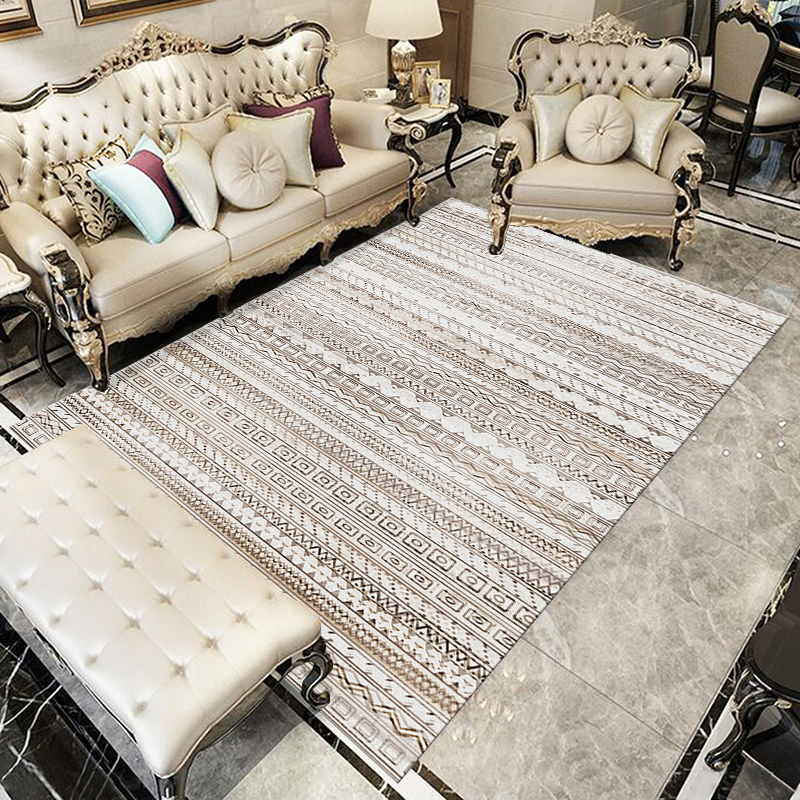
Online platforms and auction houses have made vintage retro rugs more accessible but also highlight the need for transparent descriptions and provenance documentation.
Design Trends Favoring Vintage Rugs
The mid-century modern design movement has spurred renewed interest in vintage retro rugs. Clean lines, organic shapes, and vibrant colors typical of the 1950s-70s era pair well with these rugs’ graphic patterns and muted, sun-faded palettes.
Interior decorators use vintage rugs to soften the sometimes stark edges of modern furniture or to contrast with industrial-style interiors, adding a layer of tactile comfort and visual complexity.
Colors such as burnt orange, mustard yellow, teal, and olive green dominate popular vintage rug palettes, reflecting the optimism and experimentation of past decades. Layering vintage rugs with contemporary pieces is another trend, creating multidimensional spaces that feel curated rather than manufactured.
Restoration and Care: Preserving Vintage Beauty
Maintaining vintage retro rugs requires specialized care to preserve their beauty and durability. Many rugs have naturally aged, developing unique patinas and softness that collectors prize.
Professional restoration services are in demand, offering cleaning, reweaving, and repair that respect original materials and craftsmanship. Preventive care includes avoiding direct sunlight to prevent fading, controlling humidity levels, and regular gentle vacuuming.
Consumers are becoming more educated about proper maintenance, ensuring that vintage rugs remain functional art pieces for decades to come.
Market Growth and Commercial Use
The market for vintage retro rugs is expanding beyond private homes. Boutique hotels, upscale restaurants, and corporate offices incorporate these rugs to create inviting, authentic atmospheres. Their timeless appeal adds an element of sophistication that resonates with guests and clients.
The commercial demand has encouraged specialized vintage rug dealers to offer curated collections, often themed by region, era, or style, catering to discerning buyers.
Innovation Meets Tradition: Modern Twists on Vintage Styles
While true vintage retro rugs hold intrinsic value, manufacturers are also creating new rugs inspired by retro designs. These contemporary pieces capture the essence of vintage aesthetics with updated materials and production methods, offering consumers more affordable and customizable options.

 英语
英语 阿拉伯语
阿拉伯语 德语
德语
